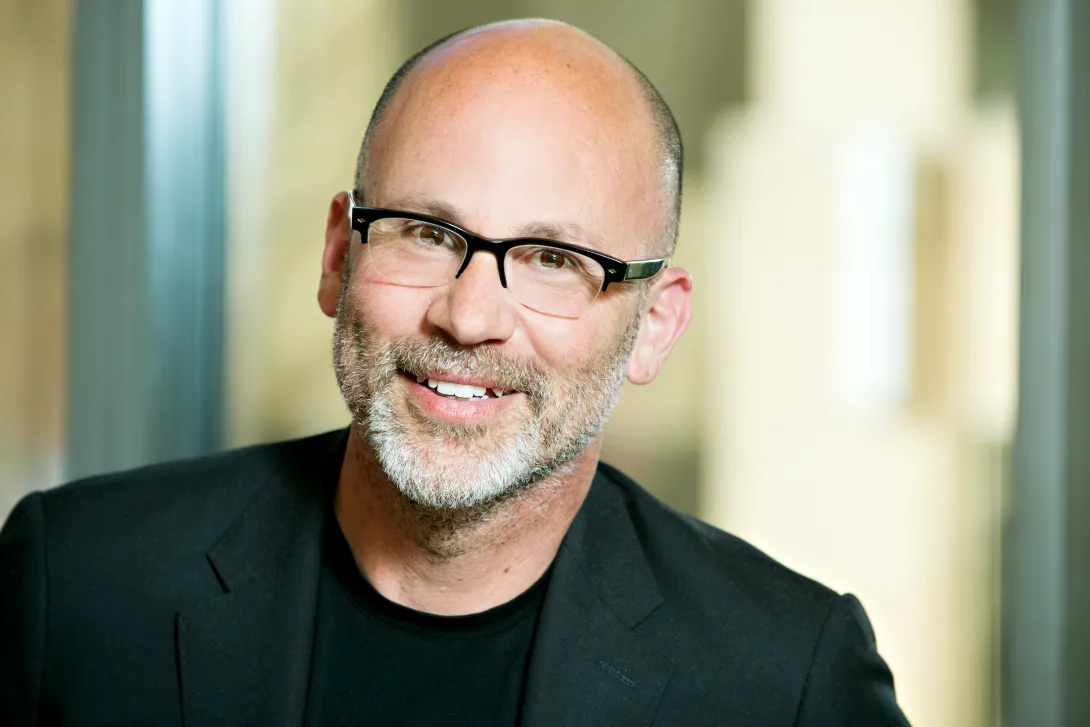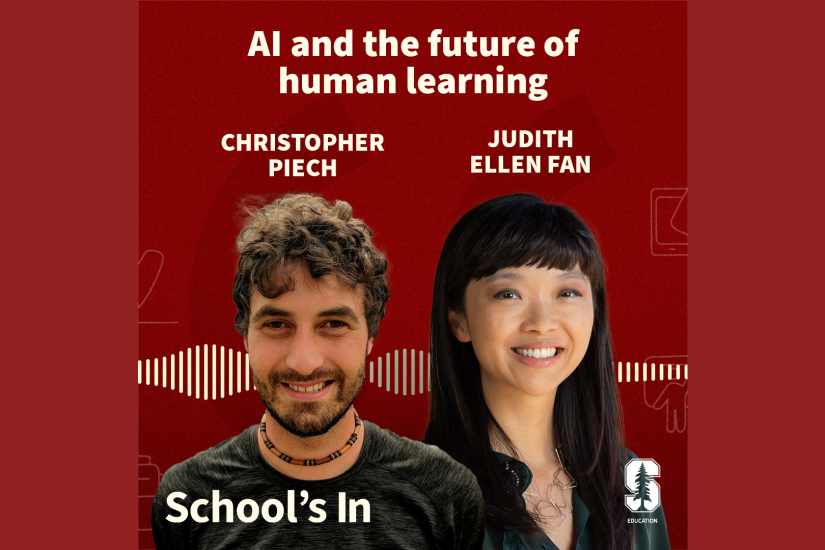
New center at Stanford addresses the forces shaping early childhood
The science of early childhood is, itself, relatively young – and growing fast. Recent advances in neuroscience are providing evidence of how experiences shape the foundation of learning, and just how rapidly young brains develop: Scientists now estimate that children, in their first few years of life, form more than 1 million new neural connections per second.
But there’s still a lot we don’t know about how children learn and develop during their formative early years – including the long-term impact of their experiences during that time, and the kind of interventions that can help them thrive.
Enter the Stanford Center on Early Childhood, a new interdisciplinary hub advancing research and strategies to support young children’s learning and development. Led by Philip Fisher, a professor at Stanford Graduate School of Education (GSE), the new center brings education together with neuroscience, pediatrics, law and policy, developmental psychology, business, and other fields to address the issues that intersect in early childhood, from the prenatal stage until age 8.
The Stanford Center on Early Childhood was established this year as part of a new initiative at the GSE focused on early childhood learning. It is also part of the Stanford Accelerator for Learning, a university-wide initiative to develop more equitable and scalable learning solutions.
As the center’s founding director, Fisher brings a career-long commitment to mitigating the effects of prenatal and early life stress on children’s physical and emotional health. Leveraging research on early brain development, he has developed and evaluated family and preschool interventions with a particular focus on socially and economically marginalized communities, translating science about healthy development under conditions of adversity for use in social policy and programs.
On November 3, the Stanford Center on Early Childhood will mark its official launch with a daylong gathering of leaders in the field to share new ideas and research. The event will be livestreamed, and anyone can register to attend the event virtually.
Here, Fisher talks about why early childhood research is so critical now, how the unpredictability of our world can influence children’s development, and the kind of interventions that can help address early harm.

Philip Fisher, GSE professor and director of the Stanford Center on Early Childhood
Why are the first few years so important to study, separate from childhood in general?
Starting in early childhood, one developmental period builds on another, and domains of development are highly integrated. So what happens in those early years has lifelong effects on learning and behavior.
Young brains develop rapidly during the first eight years of life. Historically, we’ve made our best efforts to put resources into what we understood facilitates children’s ability to learn – to read, to do math, to become productive members of society. Now we can be much more precise about how the brain develops, and we’re beginning to really understand how learning occurs.
But a lot of research on child development has focused on specific internal processes – not an integrated understanding of the whole child in context, which often includes trauma, poverty, and racism. We need a better understanding of how these contexts influence the course of development.
What do we know now about the impact of these experiences?
For one thing, we know that structural inequalities based on factors like income and race are at the root of the disparities we see in health and learning. These disparities emerge very early in life and increase over the course of development, and they’ve been widening in the United States in recent years.
Obviously we’re also coming out of a time when we’ve had tremendous disruptions to children’s learning. It’s been a time of massive unpredictability and uncertainty. There’s a great deal of neuroscience and developmental psychology showing that chronic unpredictability in the early years fundamentally alters human development.
The world continues to face conditions of uncertainty – not just the pandemic, but the climate, social upheaval, geopolitical conflict. This is the new normal that we’re all facing. We need to address the reality that this is affecting children and families.
How can research address these circumstances?
Here’s one example from my own work: For many years, my colleagues and I have studied brain activity in children coming from high-adversity environments, particularly the foster care system. One thing we’ve found is that, when these children make mistakes while they’re completing a task and we give them feedback about those mistakes, we see a very limited neural response. Typically there’s a burst of brain activity, but with these kids, it’s as if the information just isn’t getting through.
That’s probably a very healthy and adaptive response to the unpredictable environments in which they’ve been raised, where it doesn’t make a lot of sense to pay attention to the information that’s coming in. But it creates tremendous challenges when these kids enter the formal school system and they struggle, not only academically but also in terms of social-emotional learning. Understanding that this behavior might be tied to a diminished neural response has allowed us to specifically design programs that target those exact mechanisms.
What will it take to advance interventions like these and see them more widely adopted?
One thing we need is greater alliances among communities, researchers, and policymakers. It’s not enough for science just to document how things work – that knowledge needs to be deployed, and we need to think about strategies that are oriented from the get-go to both impact and scale. That sounds straightforward, but it’s not necessarily common sense. It requires having people from a lot of different disciplines at the table.
We hear a lot about incorporating community voices into research and policymaking, but unfortunately many of those efforts end up seeming rather anemic and performative. We need to build relationships in a way that’s meaningful – fully partnering with parents and caregivers, schools, pediatric clinics, advocacy groups, and others responsible for delivering opportunities to children – to identify, design, evaluate, and accelerate new tools and strategies.
That’s key to how the center will operate. First and foremost, it’s about creating place-based, science-informed partnerships. Then we have all of the active ingredients we need to build something new and transformative.
Faculty mentioned in this article: Philip Fisher



